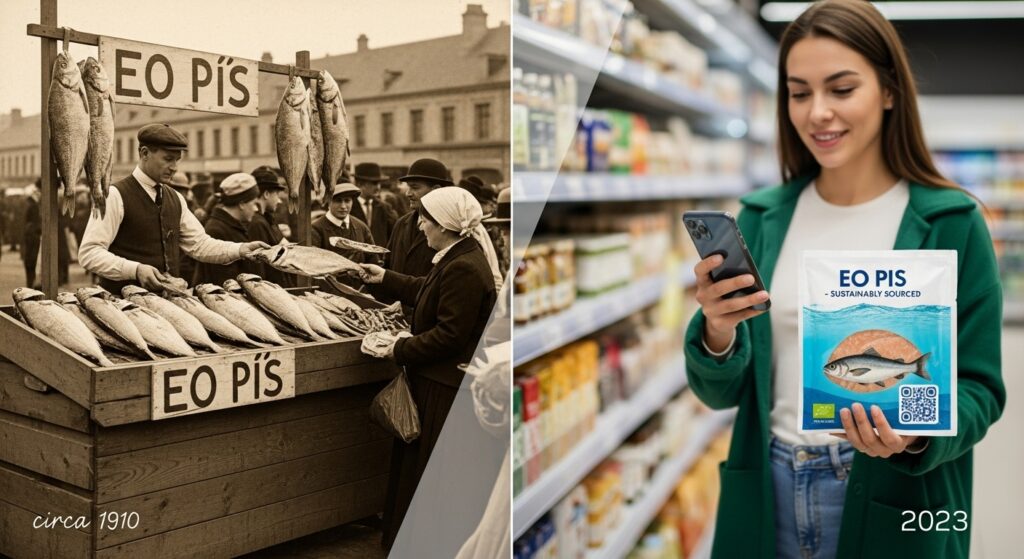EO Pis, an intriguing concept that has captivated scholars and enthusiasts alike, weaves a rich tapestry through history and culture. These enigmatic symbols have roots in ancient civilizations, where they often held profound meanings. As we dive into the world of EO Pis, we’ll explore their significance across different eras and cultures while uncovering how modern interpretations shape our understanding today. From cultural impacts to scientific applications, this journey promises to reveal why EO Pis continue to fascinate us in contemporary society. Join me as we unravel the mysteries behind these captivating symbols and discover what the future may hold for them.
Historical Significance of EO Pis in Ancient Cultures
EO Pis have captivated the imagination of many ancient cultures. These enigmatic symbols were often linked to spirituality and mythology, serving as portals to understanding the universe.
In Mesopotamia, for instance, EO Pis were believed to hold divine communication with gods. Their shapes and forms contributed to rituals that aimed at connecting humanity with celestial forces.
Similarly, in Ancient Egypt, these symbols found their place in hieroglyphics. They represented not just language but also deep philosophical concepts about life and death.
Cultures such as the Greeks incorporated EO into their art and architecture. The intricate designs symbolized harmony between nature and human existence.
Through trade routes, knowledge of EO spread across continents. This exchange influenced various civilizations, leading them to adapt these symbols into their own cultural narratives.
Modern Understanding and Interpretation of EO Pis
The modern interpretation of EO has evolved significantly over recent decades. Scholars and enthusiasts alike delve into their meanings, often seeing them as symbols of deeper truths and cosmic patterns.
Today’s researchers approach EO through various lenses—cultural, psychological, and even technological. This multifaceted view allows for rich discussions around their significance in contemporary society.
Many people now associate EO with personal growth and self-discovery. They see these ancient artifacts not just as relics but as tools for introspection.
Moreover, the digital age has sparked a resurgence in interest. Social media platforms are filled with interpretations that blend traditional wisdom with modern ideas.
This fusion encourages new generations to explore how EO resonate within current cultural narratives. As understanding deepens, the relevance of EO continues to inspire diverse communities across the globe.
Cultural and Social Impact of EO Pis
EO Pis have woven themselves into the fabric of various cultures across time. In ancient societies, they often symbolized knowledge and wisdom. These artifacts were integral to rituals and ceremonies, reflecting a deep connection between the physical and spiritual realms.
In modern contexts, EO continue to inspire artists and thinkers alike. They evoke curiosity, leading people to explore their meanings in contemporary life. This fascination drives community gatherings focused on discussions around their origins.
Socially, EO Pis serve as conversation starters that bridge generational gaps. Families share stories about these symbols during gatherings, fostering connections rooted in shared history.
Moreover, they challenge societal norms by prompting debates about cultural appropriation versus appreciation. As more individuals engage with EO through different lenses, they become catalysts for change within communities seeking deeper understanding of heritage and identity.
Scientific Applications and Research on EO Pis
Scientific research on EO Ps has gained momentum over the past few decades. These entities are now being explored for their potential applications in various fields, from medicine to materials science.
Researchers have discovered that EO can interact with biological systems in fascinating ways. This opens up avenues for innovative therapies and treatments. For example, studies suggest possible uses in drug delivery mechanisms where precision is crucial.
Moreover, the unique properties of EO make them intriguing candidates for advancements in nanotechnology. Their ability to influence molecular interactions may lead to breakthroughs in creating more efficient solar cells or enhancing battery technology.
Ongoing investigations also focus on understanding the environmental impact of these phenomena. As scientists delve deeper into their characteristics, they aim to harness EO sustainably while mitigating any adverse effects on ecosystems. The journey into this unknown territory continues to reveal exciting possibilities.
Controversies Surrounding EO Pis
The discourse around EO Pis is often fraught with contention. Critics argue that the interpretations can be overly subjective, leading to misunderstandings within communities.
Some scholars assert that ancient texts referencing EO have been misinterpreted through a modern lens. This discrepancy raises questions about authenticity and cultural appropriation.
Moreover, differing cultural backgrounds can lead to polarized views on their significance. While some see them as sacred symbols, others regard them merely as historical artifacts.
Ethical concerns also emerge when discussing scientific research involving EO is. The potential exploitation of these symbols for profit or commercialization has sparked debate among advocates seeking preservation over commodification.
These controversies underscore the complex relationship individuals and societies maintain with the past while navigating its implications in contemporary contexts. Such discussions are essential for fostering deeper understanding rather than perpetuating division.
The Future of EO Pis: Predictions and Possibilities
The future of EO Pis is shrouded in intriguing possibilities. As cultures evolve, so too does the interpretation and application of these enigmatic symbols.
Advancements in technology may unlock new dimensions to understanding EO Pis. Data analytics and artificial intelligence can uncover patterns that elude human perception today. This could lead to a resurgence of interest among scholars.
Moreover, the integration of EO into modern art and design holds promise for vibrant cultural expressions. Artists might draw inspiration from ancient wisdom while blending it with contemporary themes.
In educational settings, incorporating discussions about EO can foster critical thinking and cultural appreciation among students. This multi-disciplinary approach could pave the way for innovative research projects.
As global interconnectedness deepens, we may see cross-cultural exchanges regarding EO that enrich their meanings even further, leading to fresh interpretations worldwide.
Conclusion
The exploration of EO Ps offers a fascinating glimpse into the intersection between history, culture, science, and society. From their ancient roots to modern interpretations, these entities have shaped human understanding in profound ways.
As we continue to unravel the mysteries surrounding EO Pis, new research may offer insights that can redefine our cultural narratives or even inform technological advancements. The controversies they provoke are just as significant as their historical context; they challenge us to think critically about our beliefs and values.
Looking ahead, the potential applications and implications of EO remain vast. Whether in spiritual practice or scientific inquiry, this topic will undoubtedly evolve. As more individuals engage with these concepts, society’s perception will likely shift further—opening up new dialogues that enrich our collective knowledge base.
EO is hold a unique place in both past and future discussions across various fields. Their journey is far from over; it continues to unfold right before our eyes.






